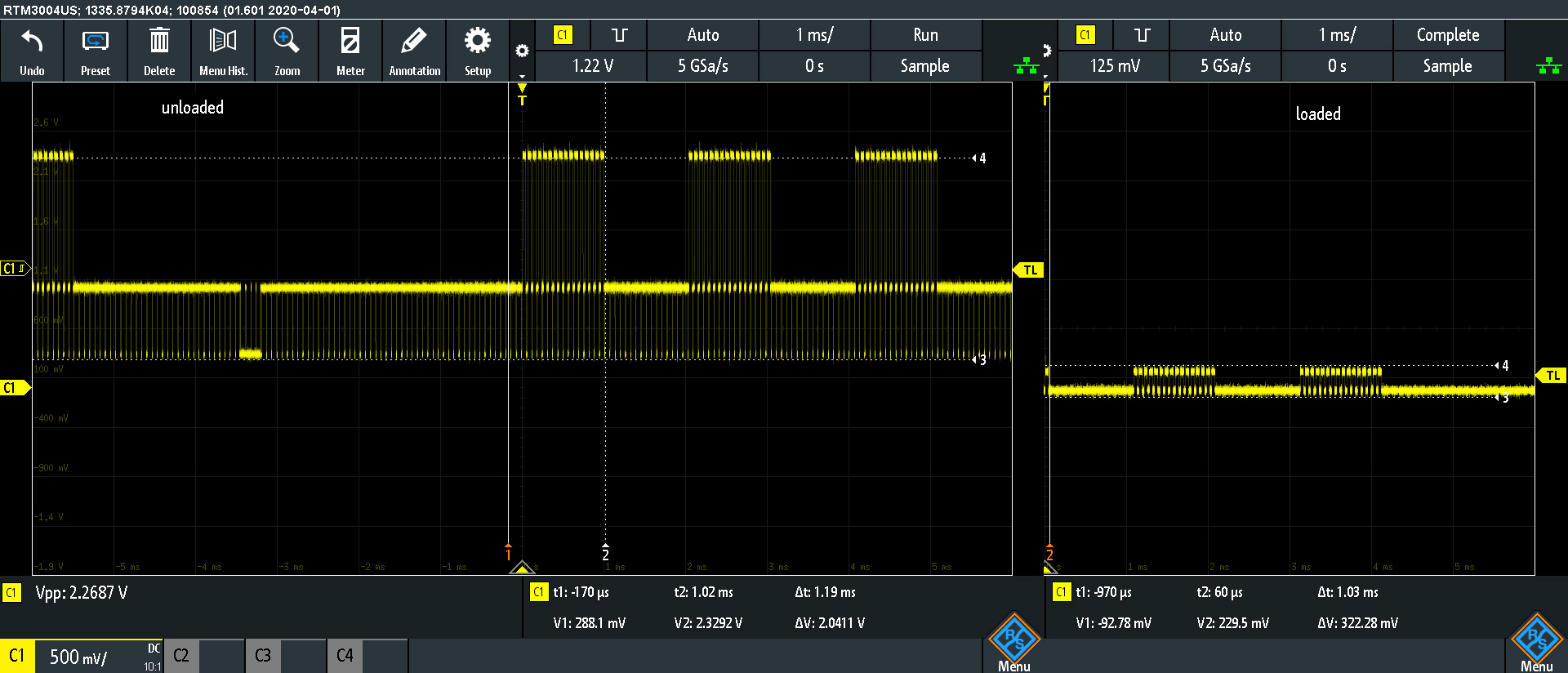Almost everyone uses a digital oscilloscope’s zoom features. However, did you know that 40-year-old analog oscilloscopes can do something similar? Delayed time bases on analog scopes sweep twice so that the user can see a slow and fast sweep. In this video, see where “zoom” came from and how engineers accomplished the same measurement back in the day.
Compare the ideal and measured cut-off frequency for a filter with a handheld LCR meter. Unlike a DMM, these meters apply an AC signal (from 100 Hz to 100 kHz) to determine the reactive component of an inductor, capacitor, or resistor. A simple example here is a low-pass filter. See how the ideal and measured cut-off frequency varies. And THEN, see how it compares between a PCB and a Breadboard.
This episode was sponsored by Multicomp Pro
Out of context screenshots are out of context
On the Mini Apple IIe project, I am testing the composite/sync amplifier, which is an MC1377. The composite output looks great, until connecting the output cable to a receiver. It outputs about 2.6 Vpp until loaded with 75 ohms, then it drops to about 400 mVpp. We have replaced most of the passives on the output and have tried 3 different MC1377s. The measurements below are from a known good MC1377 removed from a working Apple IIgs.
Here is an MC1377 datasheet mirror link. The Figure references below match Page 8 of that datasheet. The biggest suspects are the Luma signals.
Not captured, but tested, none of the input signals change amplitude when the output (pin 9) is loaded with a 75 ohm load.
Problem: Update, SOLVED
Update: Turns out, R9 in the schematic above wasn’t fully soldered. After doing that, the computer now boots… at least, until it locks up.
These two screenshots are the same point, RCA Out Header in the schematic. On the left is the output when the node is left open. It is about 2.6Vpp with minimal DC offset. However, when the signal is terminated with a 75 ohm resistor (or a receiver circuit) it drops to about 300 mVpp!
Circuit breakers make electricity safe in everyday life. The miniature breakers found in your home are relatively simple devices. Commercial units like the Eaton Power Defense with PXR Trip units are found everywhere, even if we do not see them. Learn how a basic circuit breaker works and get some insight into these advanced electronic controlled Circuit Breakers.
In this video, I got to interview Andy at Eaton. He was an interesting person and very knowledgeable about circuit breakers. I had no idea how much technology went into them.
This episode was sponsored by Eaton.
Source Measurement Units, or SMUs, combine an accurate power supply, high-power electronic load, and precise digital voltmeter into a signal unit. They are a four-quadrant source. That means they can provide power to a circuit or consume it.
With an SMU you can characterize semiconductor devices (like Diodes), monitor the power consumption of a circuit, or simulate a battery. In this video, see the difference between an SMU and a Power Supply.
This episode was sponsored by Rohde & Schwarz.



